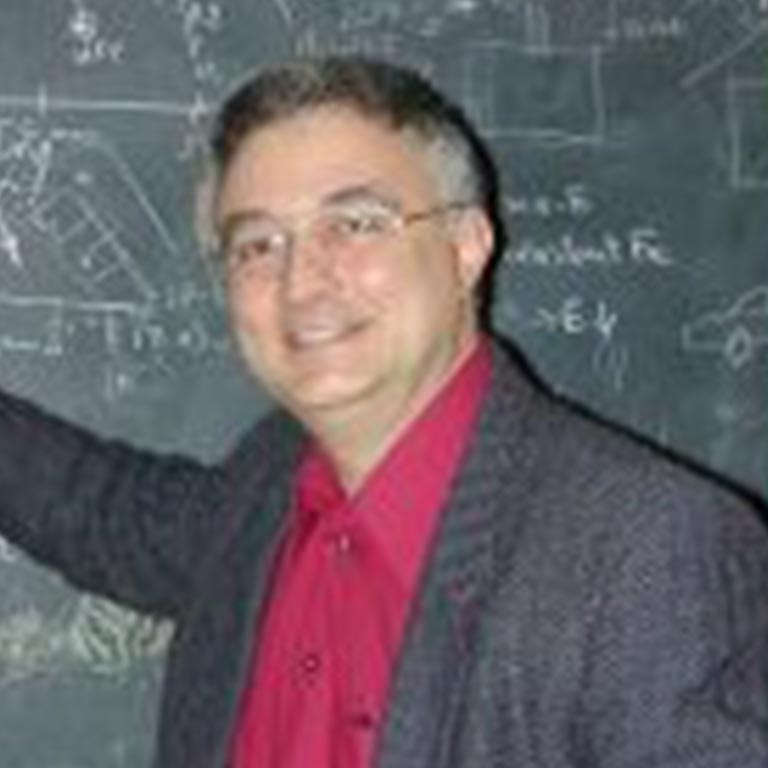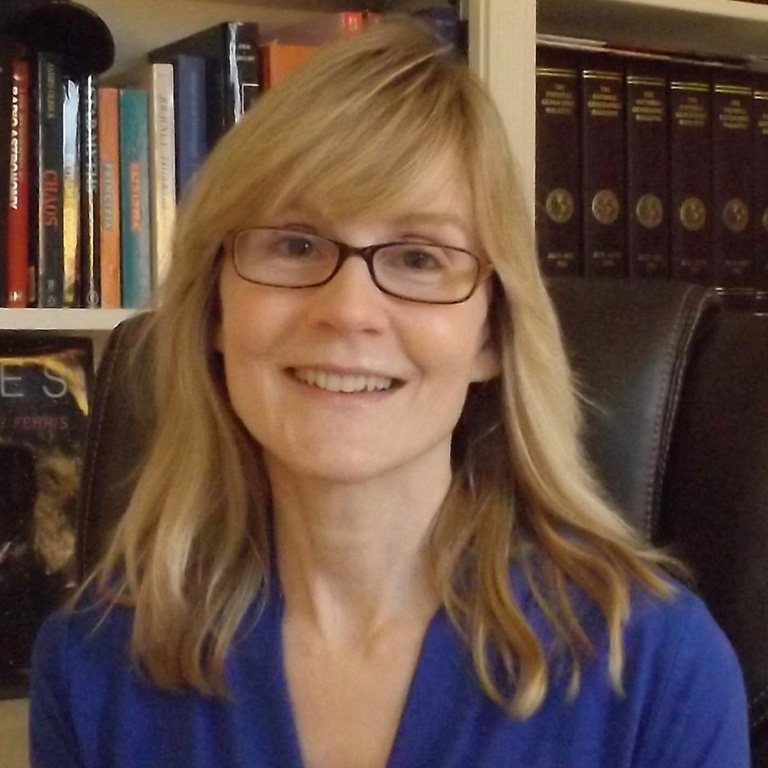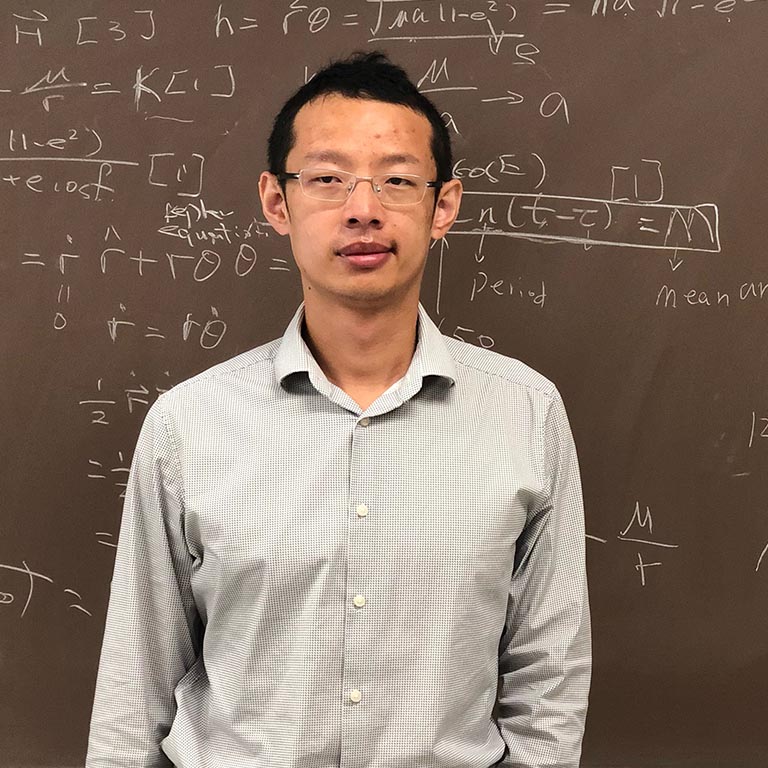We learn about the evolution of stars from studies of their compositions. Measurements of the depletion and dilution of lithium and beryllium tell us about the internal structures of stars, while studies of the abundances of other elements reveal where and how those elements are produced in previous generations of stars. Searches for white dwarfs, neutron stars, and black holes in binary systems inform us about the endpoints of stellar evolution.
Stellar Astrophysics
Constantine Deliyannis
 Constantine Deliyannis investigates the abundances of the light elements lithium, beryllium, and boron in star clusters. Since Li survives only in the outermost layers of stars, Li is an extremely powerful probe of physical processes occurring inside stars. Beryllium and boron (Be, B) survive to progressively deeper layers, so knowing the surface abundances of at least two of these elements provides exceptional insights about stellar interiors. Studying samples of stars that have the same determinable age, such as star clusters, can establish the timeline of events.
Constantine Deliyannis investigates the abundances of the light elements lithium, beryllium, and boron in star clusters. Since Li survives only in the outermost layers of stars, Li is an extremely powerful probe of physical processes occurring inside stars. Beryllium and boron (Be, B) survive to progressively deeper layers, so knowing the surface abundances of at least two of these elements provides exceptional insights about stellar interiors. Studying samples of stars that have the same determinable age, such as star clusters, can establish the timeline of events.
In spite of the stunning agreement between helioseismology and the standard solar model (no rotation, mass loss or gain, magnetic fields), the solar Li abundance is a factor of 50 below standard predictions. Even worse, nearly all stars have depleted far more Li than expected, and Deliyannis’ goal is to understand what important physics is missing from standard theory. He has discovered multiple lines of evidence that point to rotational mixing, induced by angular momentum loss and the resulting secular shear, as the main light-element depleting mechanism: the timing of the formation of the Li Dip (in stars slightly more massive than the Sun); the discovery of a Li-spindown relation for stars more massive than the Li Dip; higher Li in short-period-tidally-locked-binaries (SPTLBs); the depletion of Li and Be during the main sequence (not just the pre-main sequence); the Li/Be ratio in dwarf stars and subgiants; and the Be/B ratio, among others. Other mechanisms such as diffusion may play a role in some contexts.
Caty Pilachowski
 Catherine Pilachowski’s research on stellar astrophysics focuses on abundances of the odd light elements such as fluorine, chlorine, and phosphorus to contribute to our general understanding of chemical evolution and the origin of elements.
Catherine Pilachowski’s research on stellar astrophysics focuses on abundances of the odd light elements such as fluorine, chlorine, and phosphorus to contribute to our general understanding of chemical evolution and the origin of elements.
The odd light elements are particularly interesting because their origins are not well understood Prior to a few years ago, little was known about their abundances in stars. Determining the abundances of these elements is challenging, since their spectral features like mostly in the infrared. These elements are formed through unusual channels of nucleosynthesis. Possible mechanisms to make F, Cl, and P include mixing during hydrostatic burning stages in massive stars, decay from heavier radioactive isotopes formed during explosive nucleosynthesis, and even neutrino spallation during Type II supernovae explosions. The abundances of these elements may thus provide clues to nuclear reactions in extreme environments.
Katherine Rhode

Katherine Rhode’s research interests include the evolution of young, Sun-like stars and their surrounding protoplanetary disks. She and her students use the Hydra multi-fiber spectrograph on the WIYN 3.5-m telescope to measure the rotational velocities and sizes of young stars in nearby star clusters like the Orion Nebula Cluster, IC 348, and NGC 2264 (a.k.a. the Christmas Tree Cluster). These young stars are in the early stages of forming their own planetary systems, so studying how the stars evolve and interact with their protoplanetary disks helps us better understand the origins of our own Solar System.
Songhu Wang
 Songhu Wang’s research on stellar astrophysics centers on understanding exoplanet host stars, which will help him better characterize the structure and composition of exoplanets they host.
Songhu Wang’s research on stellar astrophysics centers on understanding exoplanet host stars, which will help him better characterize the structure and composition of exoplanets they host.
Wang uses high-resolution spectra collected with NEID to measure stellar atmospheric parameters. Combined with distance measurements from GAIA, these parameters will provide us with precise size and mass measurements of exoplanetary host stars. Knowing the sizes and masses of stars lets us precisely measure the sizes and masses of planets.
Using high-resolution spectra from NEID, we can also measure exoplanetary host stars’ projected rotation velocity (vsini). Combining vsini measurements with stellar rotation period measurements from TESS, we can investigate the obliquity distribution of exoplanetary host stars, which will provide us with critical information on the formation history of exoplanets.

 The College of Arts
The College of Arts